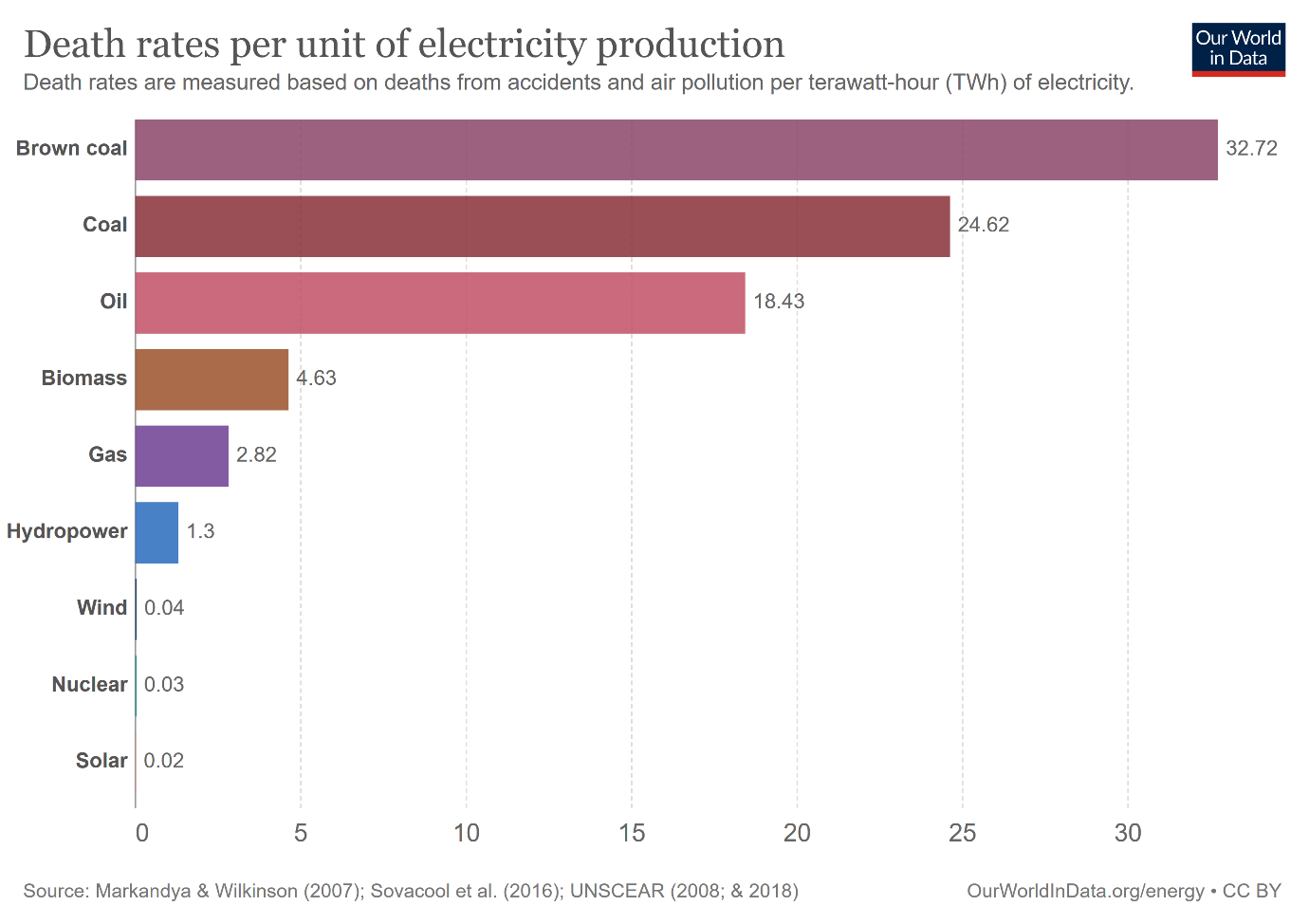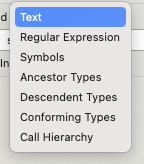

I was wondering myself as well so I got you.
Basically what happened was that these were technically two separate cases with two separate jury pools to decide the amount for damages.
One jury pool came to the decision that there were damages and awarded $50k to each individual in couple 1 (totaling $100k) while the other jury pool independently decided that no damages should be awarded based on the same evidence.
Keep in mind that this region is generally pretty hostile towards LGBTQ+ people. The judge had the option to overrule a jury if they find that the decision doesn’t match the evidence in the case.
The lawyer of this lady is actually hoping for that in the case that lead to a $100k damages award as per the quote below.
“Two juries heard the same evidence and the same arguments, and only one jury returned a verdict that was based on the facts and the evidence presented at trial,” Daniel Schmid, senior litigation counsel for Liberty Counsel and one of Davis’ attorneys, told CNN via email. “In the Yates case, the jury returned a verdict of $0.00 because that is what the evidence required.”
“Without any evidentiary support, the Ermold jury reached a verdict of $50,000 for each plaintiff. The evidence presented at trial simply does not support that verdict, and Ms. Davis will be filing a motion for a judgment notwithstanding the verdict next week,” Schmid said. “Ms. Davis trusts that the courts reviewing the evidence presented will see that the Ermold verdict lacks any evidentiary support and will agree with the Yates jury that the plaintiffs are entitled to no damages whatsoever.”










You’re right that a lot of Terms of Service documents and similar agreement documents have language that reserves the right to modify those terms.
At the same time just because something is in the terms doesn’t mean it can stand the test of adjudication and terms as well as changes are often challenged in court with success.
Unity is in a particular tricky situation because the clause that governed modifications in their last ToS explicitly gives the user the option to pass on modifications that adversely affects them and stick with the old terms:
https://web.archive.org/web/20201111183311/https://github.com/Unity-Technologies/TermsOfService/blob/master/Unity Software Additional Terms.md